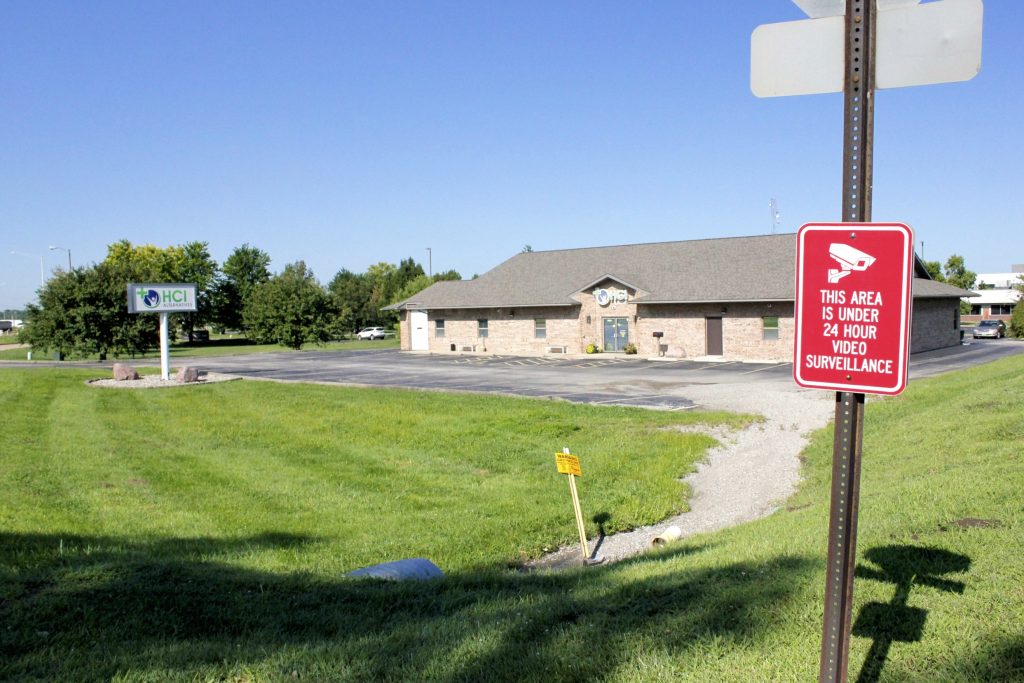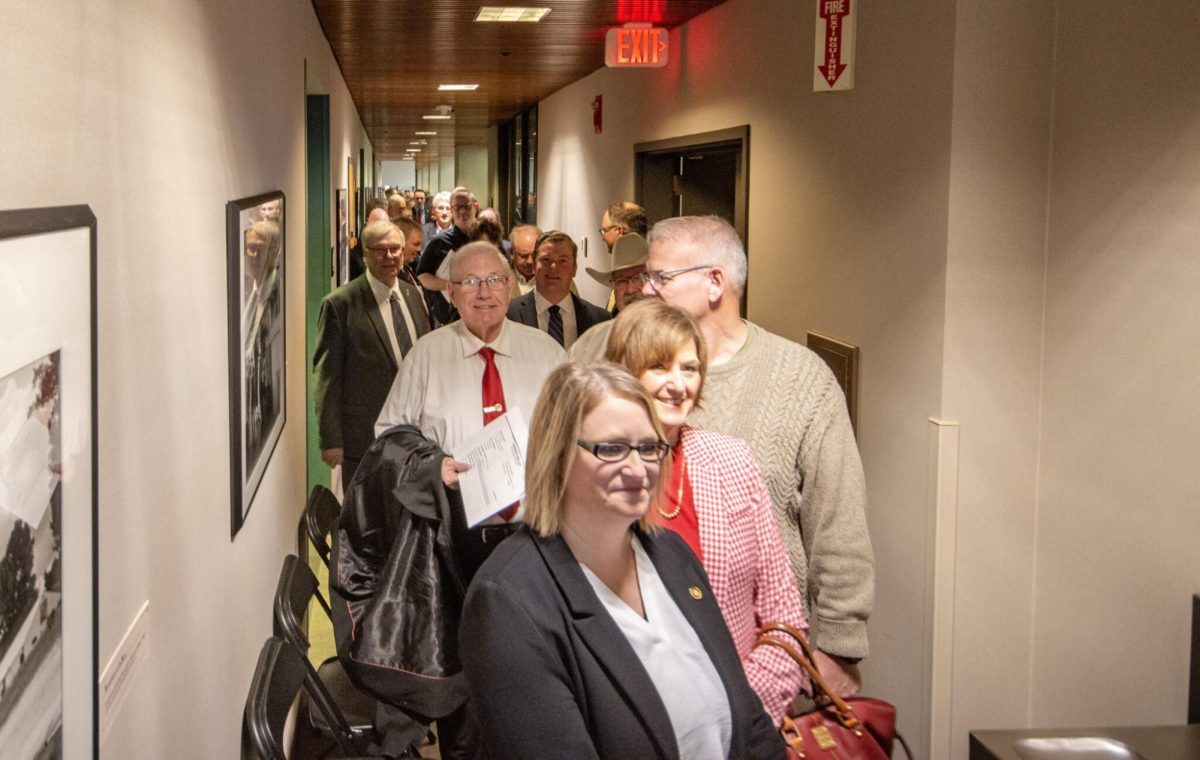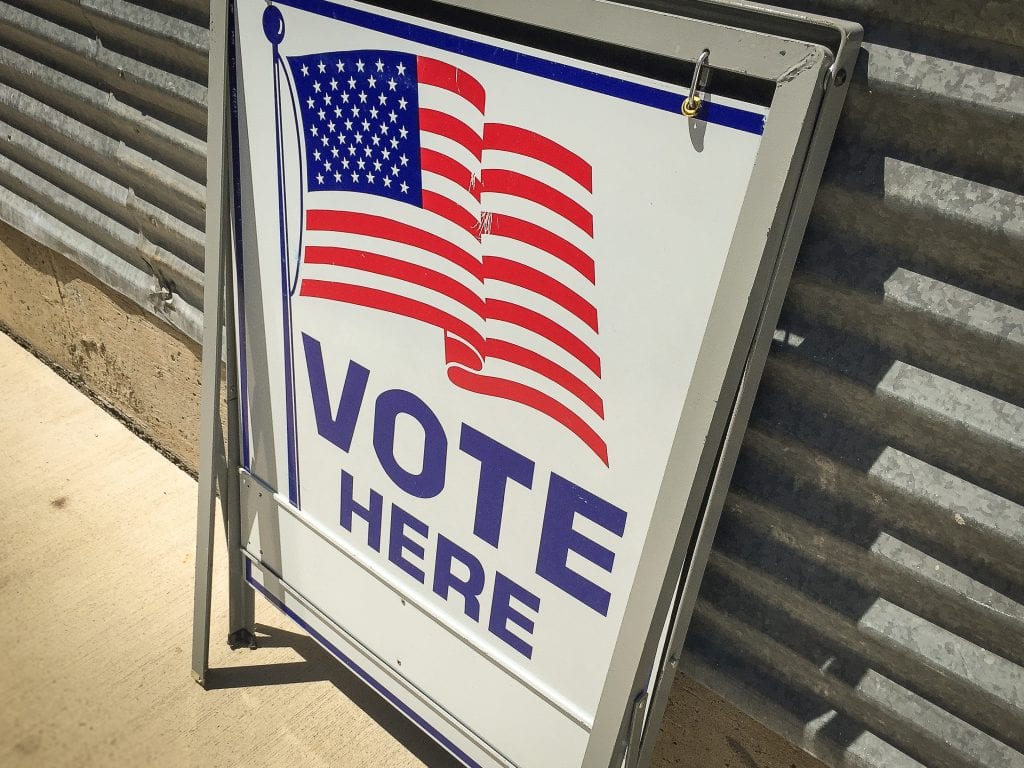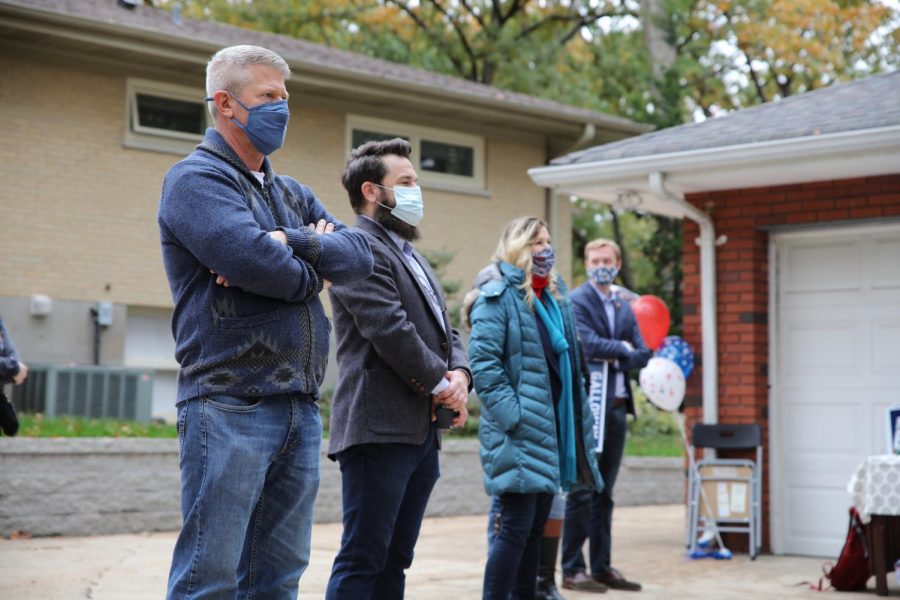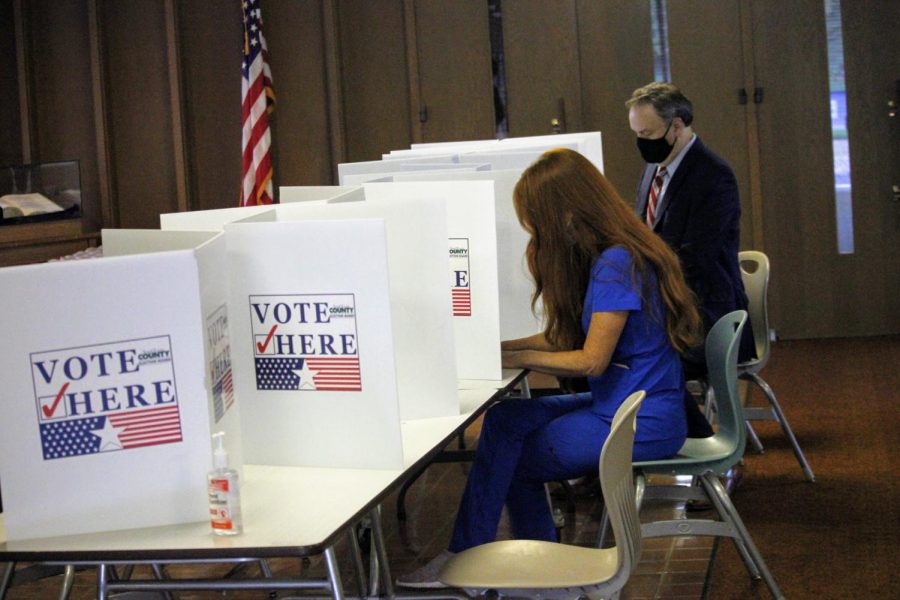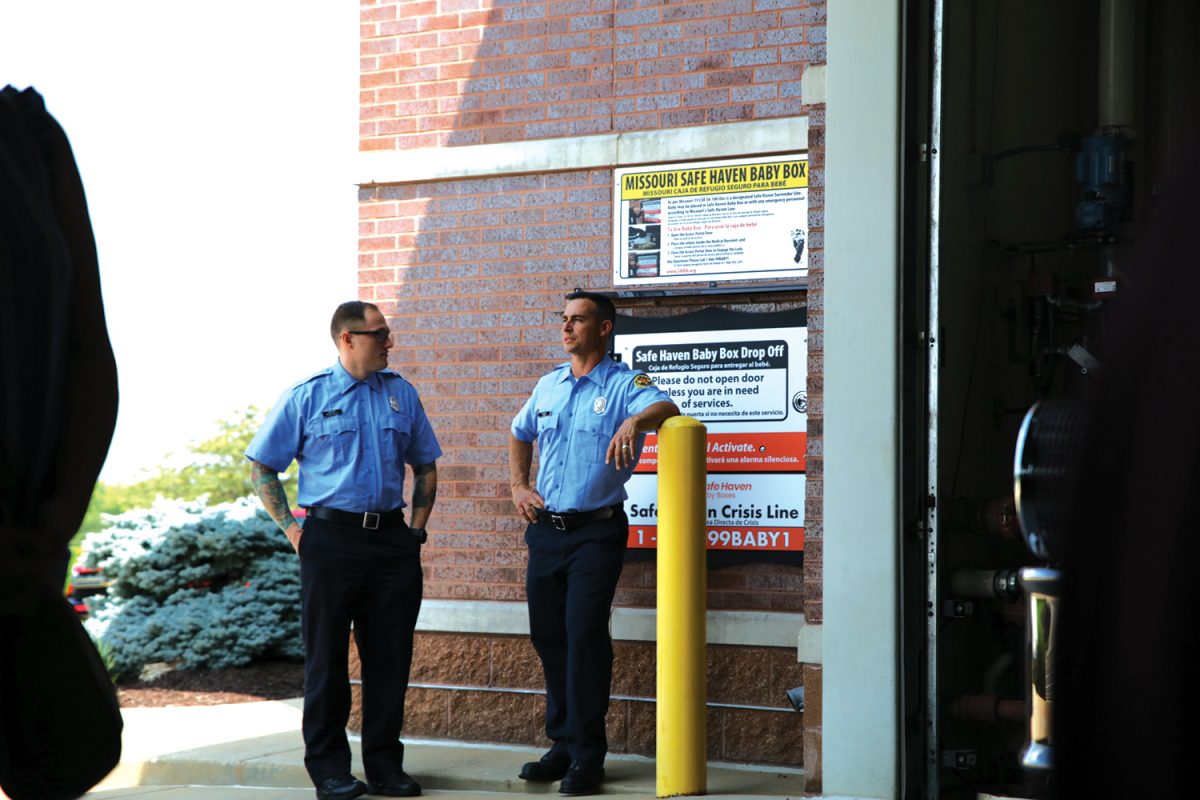St. Louis County won’t have zoning in place as the state’s medical marijuana licensing process kicks off this week.
The county Planning Commission is heading back to the drawing board on its proposed medical marijuana amendments to the county’s zoning code after they were rejected by two County Council members.
Many cities across the state updated their codes for medical marijuana months ago, but the council discussed it for the first time in July. The council’s Public Improvements Committee voted 2-1 July 16 to send the proposal back with the recommendation that the buffer between marijuana facilities and schools, daycares and churches be increased from 300 feet to 1,000 feet.
The Missouri Department of Health and Senior Services is set to begin accepting marijuana facility applications Aug. 3 through Aug. 17, and applications require that applicants show that their facilities will meet local zoning requirements. Without established local zoning requirements, applicants could be unable to file.
On July 1, the Planning Commission voted 7-0 in favor of recommending the proposed changes to the zoning code, after a June public hearing. Under the proposal, dispensaries would be treated like a retail pharmacy, permitted in C2 commercial and C3 districts, but not C1. A 300-foot buffer would be required between dispensaries and any existing school, daycare or church. Planning staff will use the state’s method of measuring buffer zones and charge a fee to verify the buffer.
“These uses will be frequently visited by the general population and will be located along the county’s largest arterial roads and busiest commercial corridors,” planner Jacob Trimble told the council committee, which includes Presiding Officer Ernie Trakas, R-Oakville, 3rd District Councilman Tim Fitch, R-Fenton, and 4th District Councilwoman Rochelle Walton Grey, D-Black Jack. “The commission finds that a distance of 300 feet, which mirrors the locational buffer for liquor licenses, to be an appropriate buffer for institutional uses.”
The Planning Commission did not recommend buffers for other medical marijuana facilities for cultivation, testing and infused product manufacturing, because they would not typically be visited by members of the public and would be relegated to M1 and M2 industrial districts under the proposal. Testing facilities could be allowed in C6 commercial. Outdoor cultivation would require a conditional-use permit in a non-urban district. But outdoor cultivation is not anticipated in St. Louis.
“These are facilities that will be infrequently visited by the general public. They will not be discernibly different from any other similarly permitted uses in their respective zoning districts, and… this use would be located in areas that would not be detrimental to the general welfare of county residents,” said Trimble.
In St. Louis County, 62 percent of voters said they wanted to legalize medical marijuana in November. Missouri is now one of 33 states in the country where the drug is legal for medicinal use. Under the amendment, the DHSS has authority on regulating operating and growing facilities. Because medical marijuana is under the jurisdiction of a state agency, local governments can’t prohibit dispensaries or other medical-marijuana facilities, nor make it unduly burdensome for businesses and facilities to operate.
The DHSS prohibits buffers greater than 1,000 feet. St. Louis city and Maryland Heights got rid of buffers altogether.
Trimble told the committee that the planning panel took into account the design of medical marijuana facilities, which under state law must be highly regulated.
Facilities must be designed in such a way that the public can only enter through one point of access, where they are then screened for qualifying status. Dispensary employees must be trained and provide education materials with purchases, which includes material on marijuana dependencies. All marijuana sold must have been tested, and dispensaries must comply with food safety standards.
Trakas, an attorney, intensely questioned Trimble on planners’ recommendation to have a zero-foot buffer for cultivation, manufacturing and testing facilities.
Trakas represents the 6th District, which encompasses most of south St. Louis County. A majority of South County is unincorporated, which means it is subject to the county’s zoning ordinances and not a local municipality.
“Picture in your mind’s eye the northeast corner of (Lemay Ferry Road and Meramec Bottom) intersection… It is currently open, undeveloped and it is zoned M1,” said Trakas, referring to an undeveloped parcel of land in South County next to Canaan Baptist Church. “In your recommendation, there’d be a zero-foot buffer zone between a marijuana manufacturing facility and a church.”
“It is the opinion of the planning staff that this is a legal product, or it will be very soon, in the state of Missouri and as such, will be treated as any other legal… manufacturing type of use,” said Trimble.
Trakas pointed out that marijuana is still illegal under federal law, although in 2014, the U.S. Congress passed a law known as the Rohrabacher-Farr Amendment, which prohibits federal agents from raiding medical marijuana growers in states where it is legal. The amendment was a provision in an omnibus spending bill and therefore must be renewed each fiscal year to stay in effect. It was renewed in February.
Fitch, former chief of police of the St. Louis County Police Department, told Trimble that it would make more sense to start with the greatest buffer allowed under state law, since it could be reduced later.
“This time next year we’ll be talking about recreational marijuana, and then we’ll be talking about legalization of psychedelic mushrooms,” said Fitch. “I’m very reluctant to say 300 feet is a good place to start.”
Trakas said he wanted to send the legislation back to the commission to “seriously consider 1,000 feet.”
Fitch and Trakas voted in favor, and Gray voted against.


















